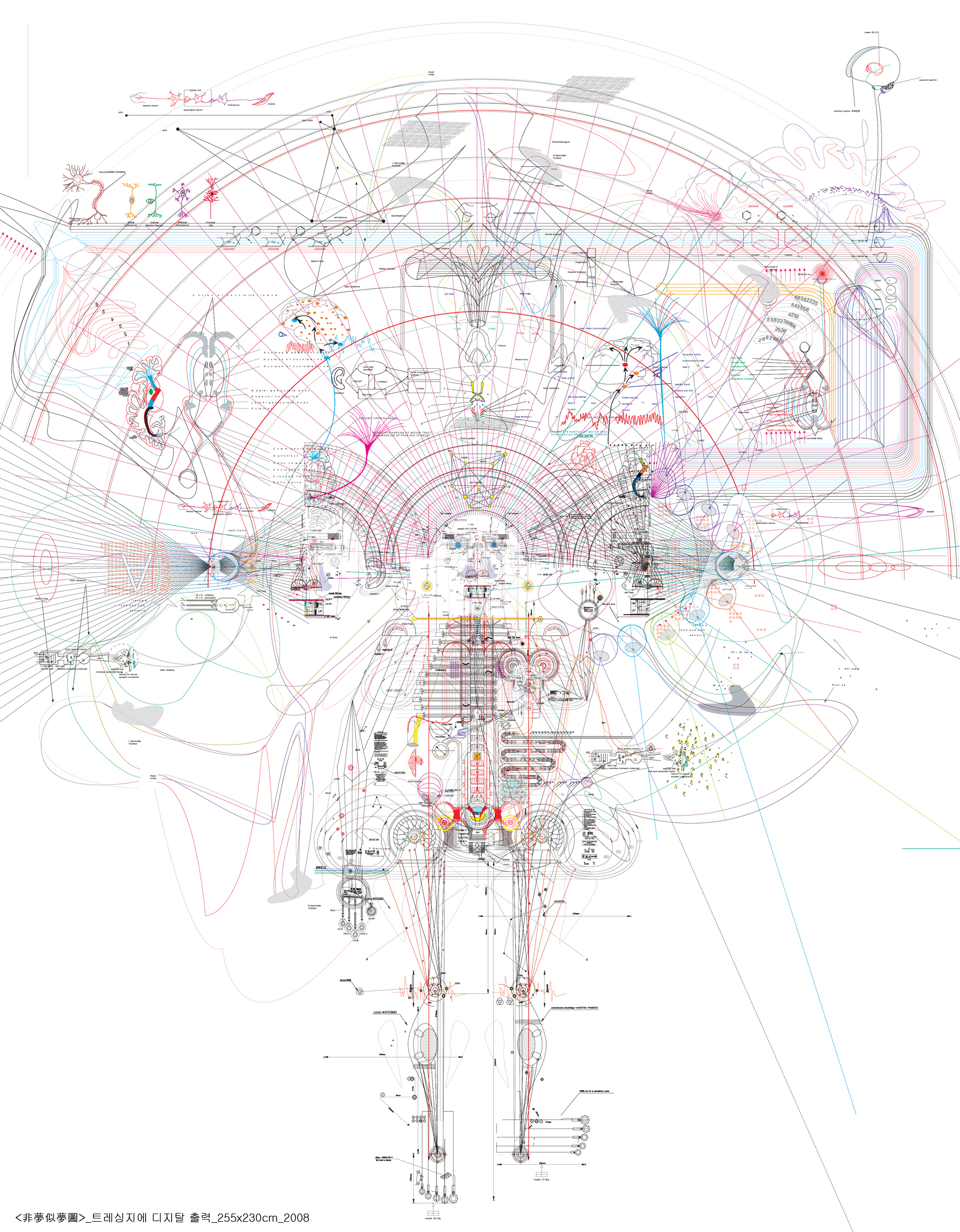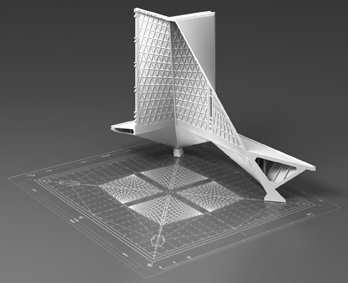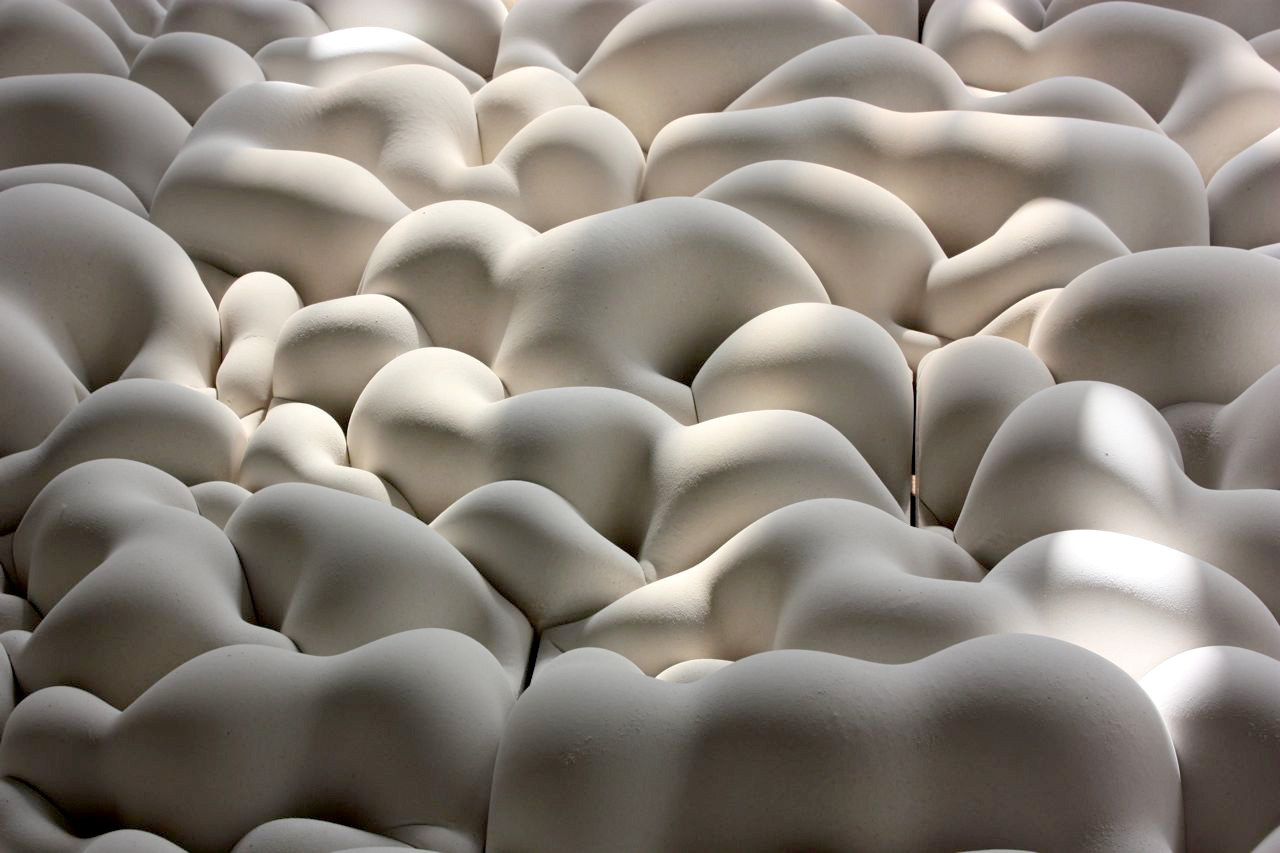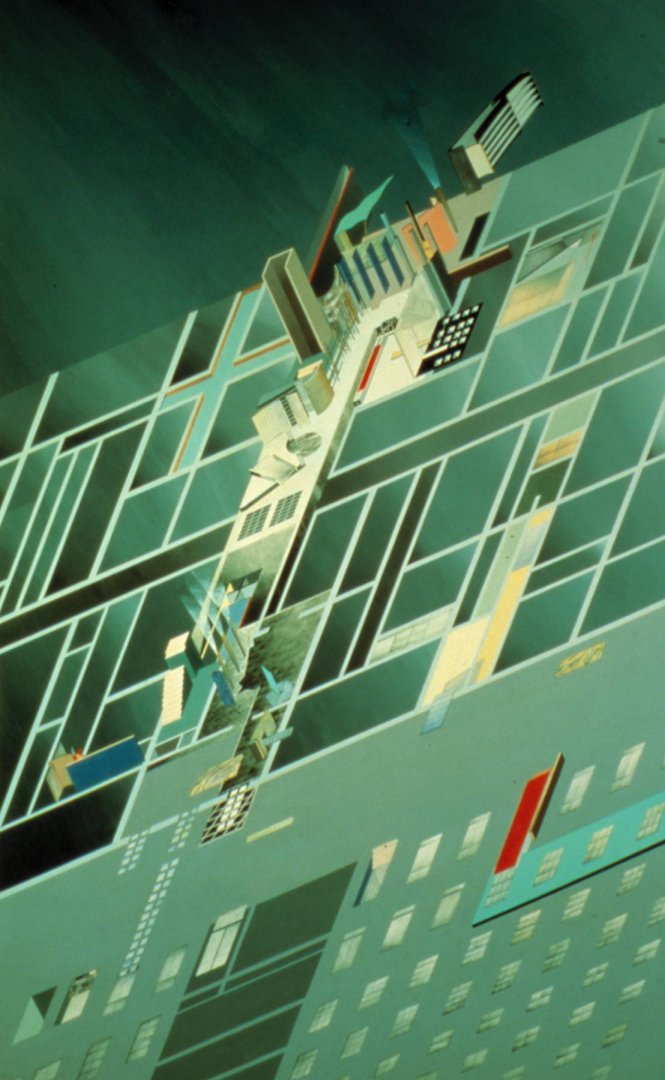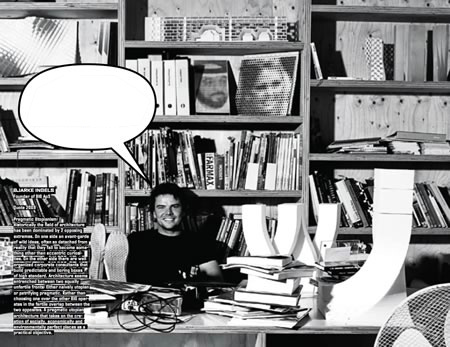|
Arch 200c
|
|
|---|---|
| Course Number | Arch 200c |
| Course Name | Representational Practice in Architectural Design |
| Instructor | Steinfeld |
| Institution | UC Berkeley |
| Semester | 2011 Fall |
| Is Active | No |
| Sessions |
Here we will list all the Sessions tied to this course.
Hardware and Software Recommendations , Lecture 1 , Workshop 1A , Workshop 1B , Lecture 2 , Lecture 3 , Lecture 4 , Lecture 5 , Lecture 6
|
Welcome to the class wiki. here's the old version: 200c class wiki
Hardware and Software Recommendations
Topics
Topic One - Projecting
Projecting is two-week series of lectures, workshops, and exercises focused on architectural graphic projection. The lecture will present a history of the development of architectural drawing through the perspective of The Projective Cast, by Robin Evans, alongside a discussion of how this history remains relevant and influential in contemporary practice. The workshops and problem-sets offered by this topic will introduce foundational techniques in technical drawing and descriptive geometry. Descriptive geometry finds its mathematical basis in planar projection and affine transformations of form – techniques that were developed at the drafting table long before the advent of computer aided design, but that remain present in the conventions and interface metaphors of the many CAD systems today.
- Lecture 1
- A general introduction to the course, and a presentation of three competing ideas on the uses of drawing in architectural design through the lenses of Robin Evans, Donald Schon, and Herbert Simon.
- Workshop 1A
- General studio orientation, introduction to orthographic projection and drawing technique.
- Workshop 1B
- Detailed discussion of perspectival projection. Introduction to Photoshop.
- Exercise 1
- A warm-up exercise shared with Arch 200a, Strange Fruit introduces students to the general methodological pattern adopted by many studio projects.
Topic Two - Diagramming
A wide survey of contemporary uses of diagrammatic techniques, both in the service of analysis and as the basis of design. We will discuss the utility of the diagram both in systematically dealing with complexity and in finding instruments that offer novel solutions to architectural problems. Two-dimensional computer drafting and vector graphic techniques will be introduced.
- Lecture 2
- In contrast to the relatively private and discipline-specific mode of orthographic projection, analytical drawings and diagrams are an important mechanism through which architects embed their work within relationships with the larger world.
- Exercise 2
- In this exercise, students will test the limits of orthographic projection and descriptive drawing, and seek to depict space as formed through what Brian McGrath and Jean Gardner describe as “matter-flux”.
Topic Three - Modeling
Contemporary approaches to computational geometry will be discussed in the context of architectural design. We will consider the dominant framework of moving from point to line to surface geometries, the utility of this framework, as well as its shortcomings and alternatives. Three-dimensional surface modeling techniques will be introduced, along with the conversion of these models to conventionally correct architectural plans, sections, and elevations.
- Lecture 3
- Design tools have evolved significantly since the technologies of orthographic projection were developed, bringing about new modes of representation and radically transforming design practice.
Topic Four - Generating
Foundational concepts and skills in scripting and software automation will be introduced, with emphasis on how these techniques have been utilized in the service of architectural design. Scripting in Java for algorithmic drawing will be introduced.
- Lecture 4
- In this lecture we will introduce the contemporary concept of "Generative Design" - understood as the encapsulation of design intent into formally-defined "design systems".
Topic Five - Specifying
Just as the practice of descriptive geometry has been radically transformed by computational techniques in the past few decades, so this transition into the information age has impacted the domains of manufacturing and fabrication.
- Lecture 5
- This lecture will introduce drawing practices that have been developed in order to aid in the negotiation of constraints related to rapid prototyping, and that draw close connections with processes of fabrication and construction will be discussed.
Topic Six - Visualizing
Here we will discuss the tension between the phenomenological experience of architecture and perspectival-based representations that often proceed, and claim to transparently embody it. Ray-traced rendering techniques will be introduced as well as tactics for post-processing and collage.
- Lecture 6
- Here we examine how designers have historically used means of representation, not simply of allographic tools of their work, but as design tools which in turn become means of experiencing their designs. Design becomes the means by which habits of seeing are shaped and expressed.
Topic Seven - Situating
This session will discuss the communication of design intent through a range of media, from monographs and printed media, to narrated slide-shows and animations. Techniques for presentation will be introduced that aid in situating an architectural proposition within the larger discipline and prepare a design proposal for consumption by a non-architectural audience.
Course Schedule

